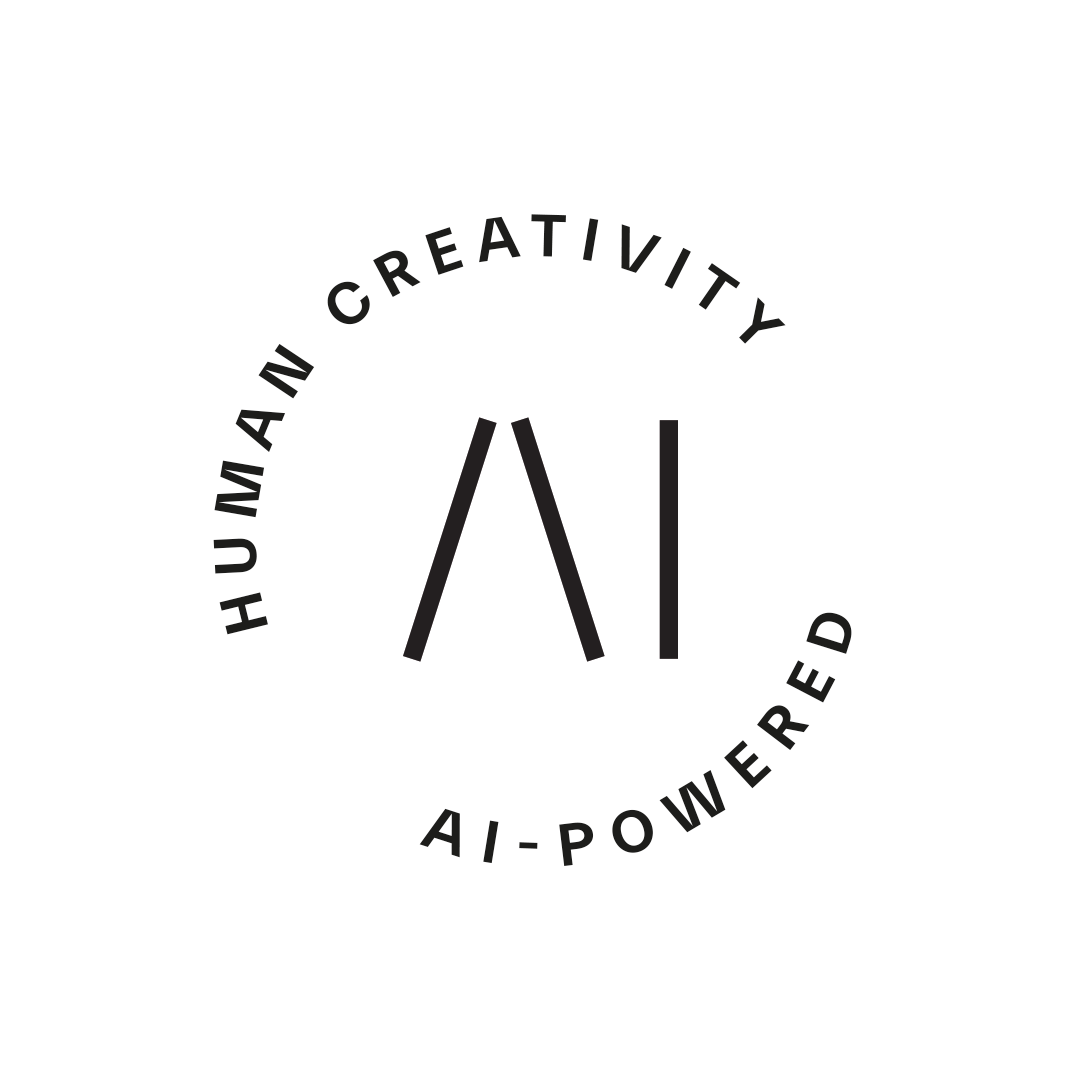Digital transformation // Continuous Services // AI
Contact Us → Contact Us →In modern Continuous Services, simply keeping digital services running is no longer enough. A system might boast 99.9% uptime and fast response times, yet still frustrate its users. In maintained digital services and systems, whether serving internal users (employees) or external users (customers), success isn’t just about servers staying online – it’s about people feeling satisfied, supported, and productive.
Traditional Service Level Agreements (SLAs) focus primarily on technical performance, tracking system availability, response times, and incident resolutions. While SLAs guarantee reliability and baseline service quality, they overlook a crucial aspect: the users’ actual experience.
At Siili, we believe the future of continuous service management lies not just in maintaining robust technology, but in actively ensuring that every user interaction is productive, intuitive, and satisfying. This is where Experience Level Agreements (XLAs) shine.
From SLAs to XLAs
XLAs do not replace SLAs. Rather, they complement SLAs and add a vital user-centric dimension, effectively preventing the “watermelon effect” – services appearing healthy (green) externally yet suffering internally from user dissatisfaction (red).
XLAs reimagine the concept of service agreements by shifting the focus from technical metrics to user experience. Instead of measuring just how many incidents were resolved or how fast the network is, XLAs measure how those services feel to the end-user and whether they deliver real value. In other words, SLAs tell you if a service is available; XLAs tell you if the service is engaging the people who use it.
|
Aspect |
SLA (Service Level Agreement) |
XLA (Experience Level Agreement) |
|
Focus |
Technical performance & availability |
End-user experience & perceived value |
|
Objective |
Ensure agreed service levels (e.g., uptime, response times |
Enhance user satisfaction & business outcomes |
|
Typical Metrics |
Uptime, resolution times, incident response times |
User satisfaction (CSAT, NPS), usability, sentiment |
|
Perspective |
Provider-centric |
User-centric |
|
Measurement method |
Quantitative system logs |
Qualitative feedback & user behavior analysis |
|
Success Indicator |
SLA met = contract compliant |
XLA met = service feels valuable and effective to users |
|
Approach |
Reactive – ensure service doesn’t break |
Proactive – improve continuously based on real experience |
|
Use Case |
Traditional IT outsourcing, infrastructure contracts |
Modern managed services, agile development |
Capturing what matters: employee and customer experiences
One of the greatest strengths of XLAs is their adaptability across all digital service scenarios – internally for employee-facing tools and externally for customer-facing platforms.
For employees relying on internal software, XLAs can measure the intuitiveness and productive use of daily tools, or the effectiveness of support interactions. For instance, an effective XLA could aim to ensure employees find the software intuitive and productive right from their initial interaction. Another example could measure the overall effectiveness and responsiveness of support teams when addressing software-related issues, thus ensuring employees feel genuinely supported and experience minimal disruption.
When it comes to customer-facing digital services, XLAs typically focus on clear metrics such as customer satisfaction (CSAT), net promoter scores (NPS), or frictionless task completion. For instance, an effective XLA for an e-commerce application could ensure that a significant majority of customers can complete a purchase without assistance and consistently rate the experience highly.
By prioritizing genuine user experiences, XLAs offer richer insights than SLAs alone, focusing on real-world usability and satisfaction rather than merely technical capability. Although specifics differ between internal and external contexts, the core objective remains the same: ensuring every interaction delivers meaningful value.
The strategic business impact of XLAs
Implementing XLAs isn’t just about improving user happiness – it directly impacts organizational performance. Employee engagement and customer satisfaction significantly influence productivity, retention, loyalty, and revenue. By explicitly measuring these user-centric outcomes, XLAs align continuous service delivery with core business objectives.
Studies consistently illustrate the link between exceptional experiences and improved business results. Organizations prioritizing employee experience regularly see enhanced productivity, greater employee loyalty, and lower turnover costs. Moreover, satisfied employees naturally deliver better customer experiences, fostering customer loyalty and driving revenue growth.
On the customer side, outstanding user experiences directly translate into higher retention, increased repeat business, and brand advocacy. XLAs proactively identify issues impacting satisfaction, enabling rapid action to protect and enhance your reputation and revenues.
For executives, XLAs convert technology performance into clear, strategic business indicators. Instead of merely receiving technical reports, leaders see how technology investments translate into improved employee productivity or elevated customer engagement, offering actionable insights rather than raw technical data alone. This proactive mindset ensures your teams consistently strive beyond baseline service standards, continuously enhancing user experiences to meet ever-rising expectations.
Implementing XLAs in Continuous Services
Effectively introducing XLAs into Continuous Services requires a clear, structured approach:
1. Integrate XLAs alongside SLAs
Maintain foundational SLAs to ensure system stability, while introducing user-focused XLAs, such as satisfaction scores or ease-of-use metrics. This balanced approach ensures comprehensive oversight of both technical and user experience aspects.
-
2. Identify "moments that matter"
- Work collaboratively with key stakeholders to identify critical interactions in employee or customer journeys using the services in scope. Develop XLAs around these key moments, such as transactional processes or support resolutions, clearly defining what constitutes a successful experience.
-
3. Combine qualitative & quantitative insights
- Collect comprehensive data through immediate user feedback (surveys), sentiment analysis, and user behavior monitoring tools. For instance, monitor how quickly and effectively users complete essential tasks, and pair that with qualitative feedback to ensure continuous improvement opportunities are actionable.
-
4. Align experience metrics to business objectives
Explicitly link each XLA to business outcomes, such as employee productivity improvements or customer lifetime value increases, to ensure they resonate strategically with executive stakeholders and secure organizational commitment.
-
5. Continuously refine your approach
Regularly review and adjust XLA metrics as services evolve. When metrics consistently meet expectations or cease delivering insight, update them to maintain relevance and keep raising the bar. This continuous refinement cycle promotes sustained enhancement of the user experience.
Adding heart to the software
As digital services contribute more and more to the success of an organization, they require constant care. Experience Level Agreements offer a powerful way to ensure those services are hitting the mark. By shifting the focus from mere technical compliance to delivering meaningful experiences, XLAs not only enhance user satisfaction but drive significant, measurable business outcomes. It’s about adding heart to the software, measuring what matters to people, and using those insights to guide continuous improvement.
At Siili, integrating Continuous Growth Design and XLAs into continuous service delivery is our commitment to helping your organization create lasting value, happier users, and ultimately, superior business performance.
|
|
About the author |
|
|
|||
|
|
Toni Petäjämaa |
|
|
|||
|
|
Toni Petäjämaa is a seasoned expert in digital innovation, business development, and strategic leadership. At Siili, he helps clients turn long-term partnerships into practical growth by combining modern technologies with a strong focus on service design and continuous improvement. With a hands-on approach and a talent for simplifying complexity, Toni leads cross-functional teams, supports sustainable business outcomes, and keeps learning at the forefront—especially in areas like AI, business design, and cloud solutions. |
|
|
|||


